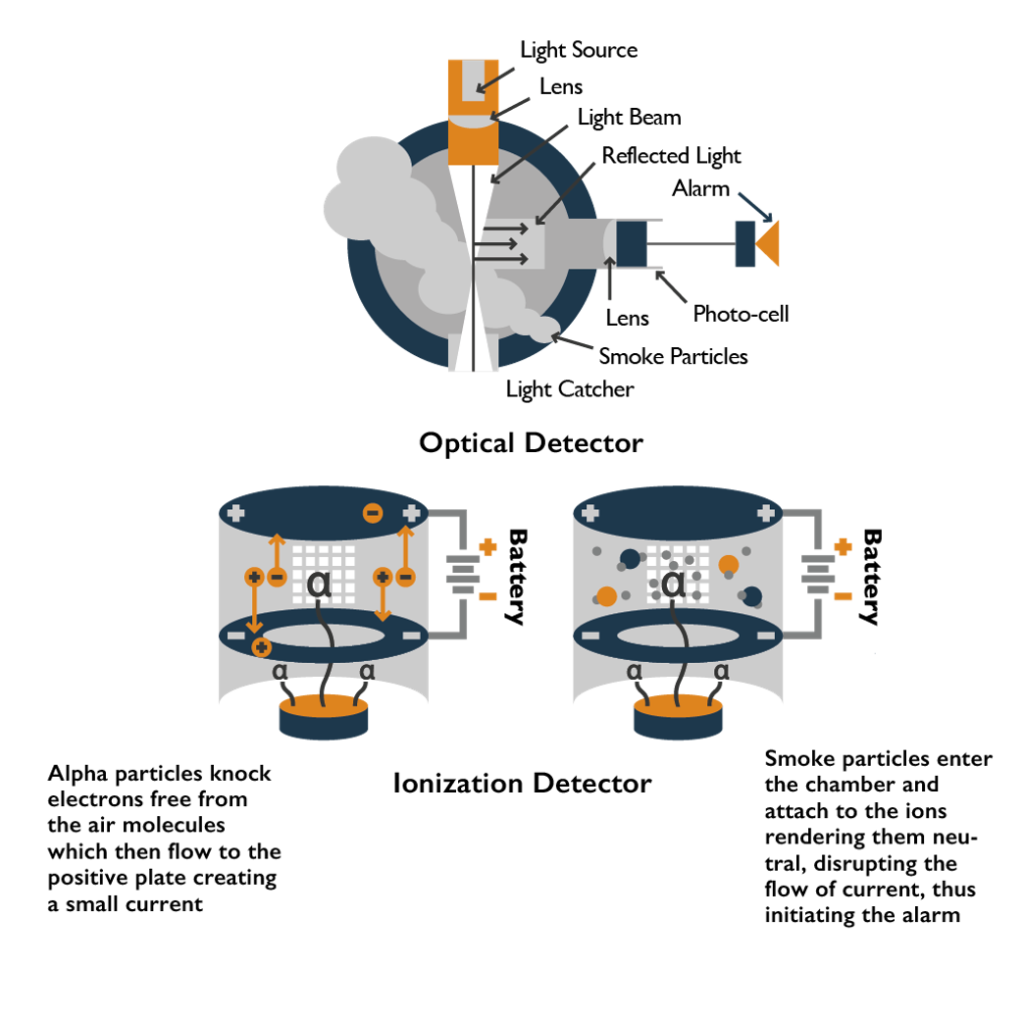ISO/IEC TS 22237-6:2018 addresses security systems and uses the term fire-stopping in reference to fire prevention. The list guidance that follows can be utilized in construction or verifying controls in existing structures.
Fire-stopping techniques applied to pathways that penetrate the boundary of a fire compartment shall be specified in terms of:
- the fire rating, construction details and orientation of the fire compartment structure;
- the type, size and material of the fire barrier penetration to be fire-stopped;
- where there is no housing surrounding the components passing through the fire barrier, the size of the fire barrier penetration and the percentage fill at the penetration;
- where there is a housing surrounding the components passing through the fire barrier, the size of the penetration internally and the percentage fill within the housing;
- a detailed description of the fire-stopping system including any additional supports required for the components passing through the penetration.
Fire/Smoke Detection
Fire and smoke are major concerns in a data center.
There are three main types of fire detectors:
- Flame detectors (photoelectric: infrared [IR], visible light, and ultraviolet [UV])
- Smoke detectors (ionization/photoelectric)
- Heat detectors (rate-of-rise/fixed temperature)

Fire Suppression
ISO/IEC TS 22237-6:2018 lists general firefighting systems that include:
- Fire extinguishing systems using gaseous agents
- Oxygen reduction systems
- Water-based fire suppression systems
- Condensed aerosol systems
- Foam systems
- Portable firefighting equipment
Gas Suppression
Gas suppression systems operate to starve the fire of oxygen. In the past, Halon was the choice for gas suppression systems; however, Halon leaves residue and depletes the ozone layer.
Aero-K: Uses an aerosol of microscopic potassium compounds in a carrier gas released from small canisters mounted on walls near the ceiling. The Aero-K generators are not pressurized until fire is detected. The Aero-K system uses multiple fire detectors and will not release until a fire is “confirmed” by two or more detectors (limiting accidental discharge). The gas is noncorrosive, so it does not damage metals or other materials. It does not harm electronic devices or media. More important, Aero-K is nontoxic and does not injure personnel.
FM-200: Is a colorless, liquefied compressed gas. It is stored as a liquid and dispensed into the hazard as a colorless, electrically nonconductive vapor that is clear and does not obscure vision. It leaves no residue and has acceptable toxicity for use in occupied spaces at design concentration. FM-200 does not displace oxygen and, therefore, is safe for use in occupied spaces without fear of oxygen deprivation.
Heating, Ventilation, and Air Conditioning (HVAC)
The Data Center Power Equipment Thermal Guidelines and Best Practices state, “ASHRAE [American Society of Heating, Refrigeration, and Air-Conditioning Engineers] issued its first thermal guidelines for data centers in 2004. The original ASHRAE air temperature recommended envelope for data centers was 20–25°C (68–77°F). This was a conservative statement, based on data available at the time, on where a data center could be reliably operated. Reliability and uptime were the primary concerns and energy costs were secondary.
Since then, ASHRAE has issued a recommended range of 18–27°C (64–81°F) and, in 2011, published classes that allow a temperature range of 5 to 45°C (41 to 113°F). The A3 (40°C, 104°F) and A4 (45°C, 113°F) classes were created to support new energy saving technologies such as economization.”
Typically, data center HVAC units are controlled based on return air temperature. Setting the HVAC unit return air temperatures to match the ASHRAE requirements will result in very low server-inlet temperatures, because HVAC return temperatures are closer to server-exhaust temperatures than inlet temperatures. Generally, there are two types of cooling:
- Latent cooling: The ability of the air-conditioning system to remove moisture
- Sensible cooling: The ability of the air-conditioning system to remove heat that can be measured by a thermometer